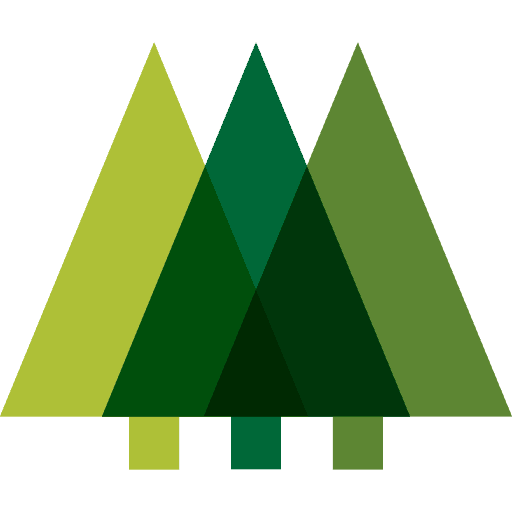Deforestation is an economic problem. Stand For Trees helps to solve it by paying people to keep trees standing. We use a UN mechanism called REDD+ to put a value on the amount of carbon the trees store, and everything we do is independently verified before we offer it to you.
If that’s enough for you, you can protect a forest right now, here. But if you’d like to know more about how deforestation happens and why forests are important, read on below.
Deforestation happens when it’s worth more to convert forest land to other uses than to keep the forest standing.
The most obvious example is the one you’ve probably already heard of. Economic incentives and industrial agriculture can cause large-scale deforestation, even against the wishes of local communities.
But sometimes there is simply no choice.
Communities often cut trees down for charcoal because they have no other source of fuel. Or, they may only be able to earn money from informal mining, illegal logging, or another activity that destroys forests.
People that live near forests are also often farmers. Subsistence farmers grow food crops for daily life. And small-scale commercial farmers produce commodities for export and trade.
Unfortunately, their lands are often bad for farming. Soils are poor, conditions are harsh, and crops don’t grow well. This means yields are low. And that means locals can’t grow enough food, earn enough money to support themselves – or both.
Technology and training could help solve many of these problems. But rural farmers usually don’t have access to them. And then, because their yields stay low, their only option is to clear more and more forest so they can farm on a larger area.
Here, deforestation may help to improve the short-term situation – farmers can at least grow enough food for themselves. But in the long term, it leads to land degradation – meaning farmers need more land again. That creates a vicious cycle of more and more deforestation and degradation. And to make matters worse, chopping down forests for short-term benefits means we’re losing everything else that forests do.






